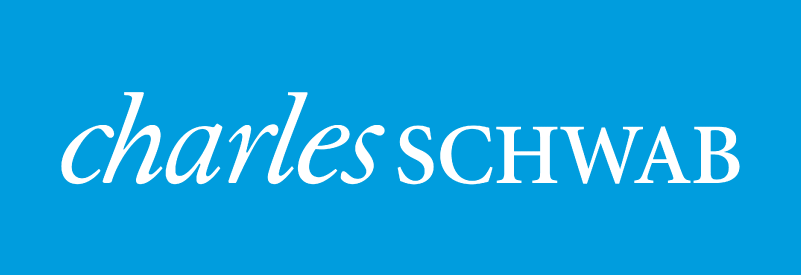Vladimir Lenin is not someone we would generally quote but this one has a “Yogi Berra” quality and timeliness that we couldn’t resist as he once said, “There are decades where nothing happens and there are weeks where decades happen.” After record breaking recovery months in April/May, equity markets got into a tug of war in June between two forces, the virus impact on growth and the stimulus response to the virus. The S&P 500 did briefly dip its toe into the green (YTD) in early June but succumbed to some market consolidation amidst a resurgence of coronavirus concerns in the U.S. We expect this tug of war between the coronavirus economy and policy stimulus to continue to churn for the remainder of the summer but remain constructive on the broader global equity market relative to bonds over the intermediate and longer term. Interest rates didn’t budge in June, but credit spreads managed a slight decline during the month with high yield spreads falling from 671 to 644. Commodities continued to recover from early spring and the WTI death spiral in April while the USD fell (-0.82%) for a second consecutive month.
Market Anecdotes
- Global equities rose for a third consecutive month to wrap up their best quarter since 2009. International developed (3.4%) and emerging market stocks (7.4%) outperformed their U.S. counterparts (2.0%).
- The best performing assets in June were found outside the U.S. Hong Kong (+11%) was the top performing global market. While small caps are down sharply on the year, they were strong performers in June. Mega-cap growth was the best domestic performer for the month.
- U.S. markets got a strong boost in early June on a stunning May jobs report reflecting 2.5mm jobs added and a U3 rate falling from 14.7% to 13.3% (U6 from 22.8% to 21.2%). June payrolls of 4.8mm delivered another huge upside surprise as well.
- The S&P 500 finished up 21% in the second quarter which is the first time since 1932 a 20% quarterly decline (Q1) was followed by a 20% gain in the following quarter (Q2).
- An amazing testament to the turnaround rally is seen in the NASDAQ 100 (QQQ) which was up 10% on the year into February, collapsed over 30% on CoVid-19 developments in March, then went on to rally to a 20% YTD gain by mid-July.
- NBER stated the obvious in June by declaring the longest expansion in U.S. history (10yrs 8mo) ended in March of 2020. Activity peaked in February, entered recession in March, and resumed growth again in May – one of the shortest recessions in U.S. history.
- FactSet reported estimated 2Q earnings is -44.6% which, if met, would mark the largest year-over-year decline in earnings since Q4 2008 (-69.1%).
- The impact of CoVid-19, police misconduct, mass protests/rioting, and social unrest on the November elections will take time to filter through but clearly introduce material changes from the January 2020 picture on both economic and social fronts.
- Relaxation of containment measures, lockdown fatigue, and the return of social gatherings made a CoVid-19 resurgence highly likely however, improved treatments, better data, and a lack of social or political will make repeating the lockdown containment measures far less likely.
- BCA projects the U.S. consumer fiscal “cliff” created by the one-time stimulus checks will require close to $1t boost to personal income to prevent falling below February levels, requiring quick action before the end of July to extend the ‘bridge’.
- While we expect ample DC posturing over the next two weeks, we caution investors that it was a mistake to bail in the face of stimulus uncertainty in March and every time the debt-ceiling issue came to the forefront in the past.
- The Fed was busy in June. They met and kept rate policy steady, noting the balance sheet has grown to $7.165t, up over $3t since March. They expanded the Main Street Lending Program to increase support for small/mid-sized businesses (lowered minimum loan amount, increased maximum loan size, pushed back principal repayment, extending loan term). They began purchasing direct corporate bonds through the SMCCF, which took some time to set up. They extended the PPP loan program deadline and are still working on setting up the PMCCF.
- The ECB pleasantly surprised markets in June by announcing €600 billion of purchases to run at least through June 2021 – expectations were for only €500 billion.
Economic Release Highlights
- After declines in retail sales of -8.7% for March, -16.4% for April, the consensus forecast for May was a rebound to +7.5% but that number was crushed, registering 17.7% MoM growth.
- June’s U.S. PMI indices surged higher from May levels with Services (37.5 to 47.9) and Manufacturing (39.8 to 49.8).
- June’s U.S. ISM indices echoed the PMI trends with Services (45.4 to a 57.1), Manufacturing (43.1 to 52.6), and the overall Composite hitting 56.6, its highest level since February 2019.
- June payrolls of 4.8mm (3.0mm forecasted) followed up May’s shocking upside surprise report of 2.5mm. The unemployment rate dropped to 11.1% from 13.3%.
- June’s PCE report showed income falling less than expected (-4.2% v -6.4%) from April’s 10.5% stimulus surge and consumer spending increasing a record 8.2% after April’s 12.6% decline.
- The NY Fed Weekly Economic Indicator of high frequency economic data has improved ten consecutive weeks now after enduring twelve consecutive weeks of deterioration ending with a low water mark of -11.48 on April 25th.
- Housing market data continued its robust trajectory in June. The NAHB housing market index (58) the crushed consensus call of 44. Weekly mortgage applications increased nine consecutive weeks and sit at their highest levels post GFC. Pending home sales in May increased 44.3%, far in excess of the 11.3% expectation.




Leave a Reply